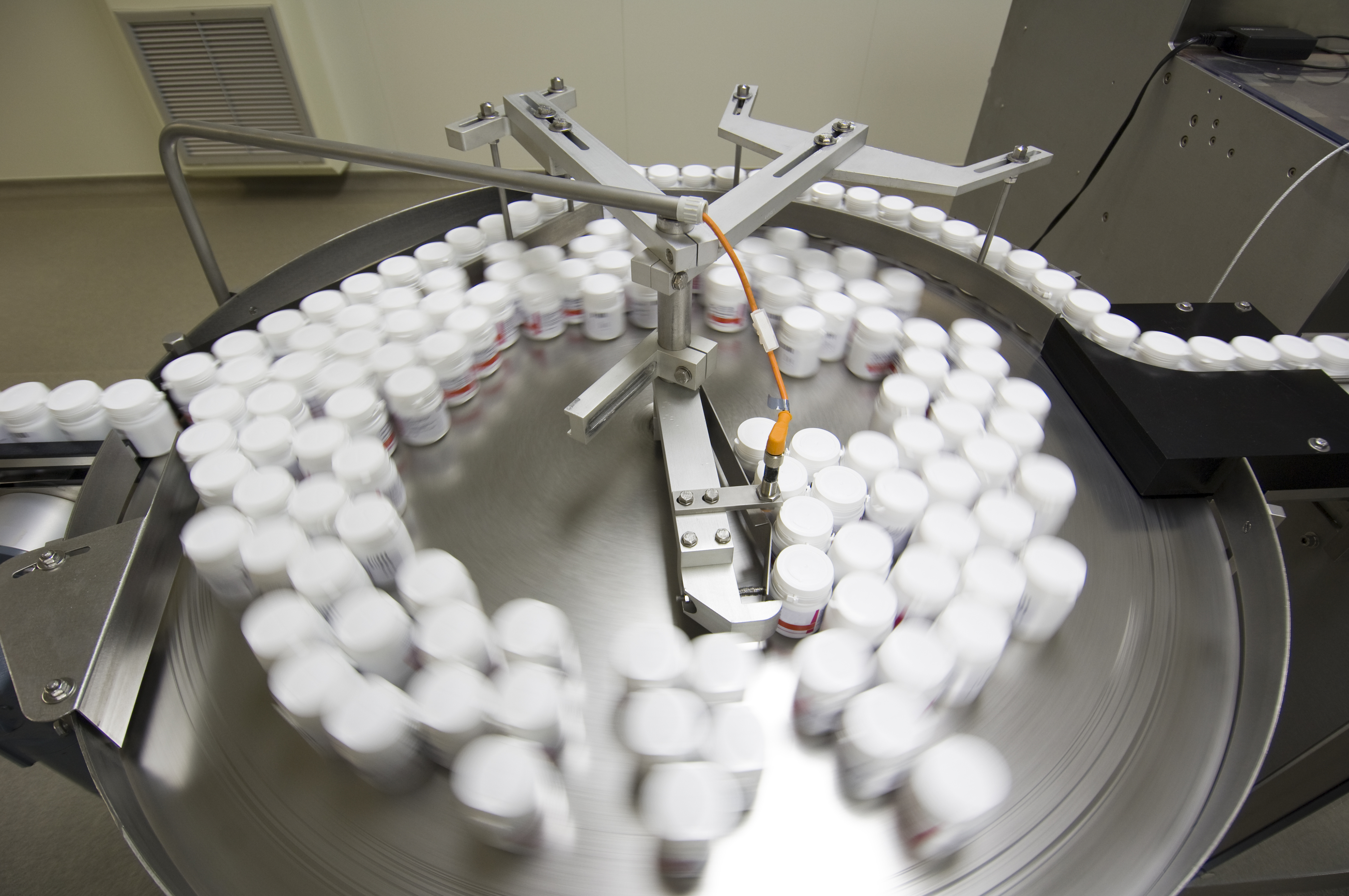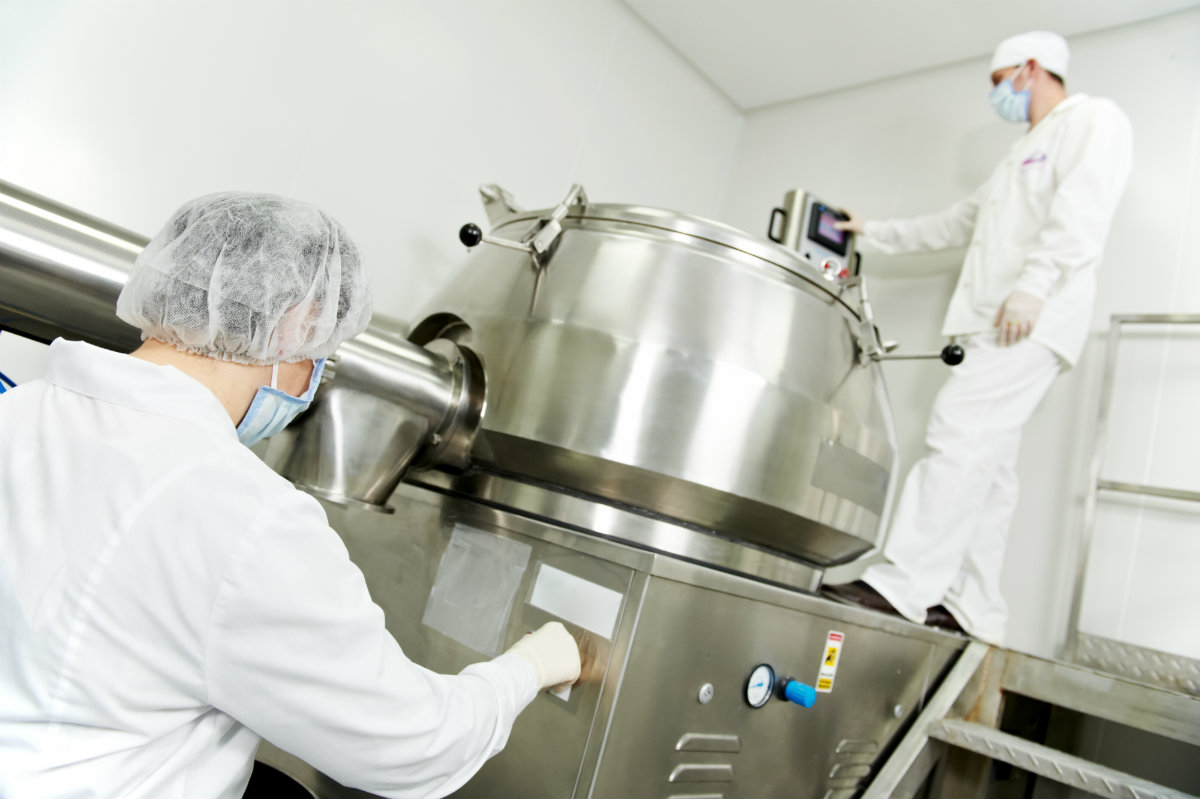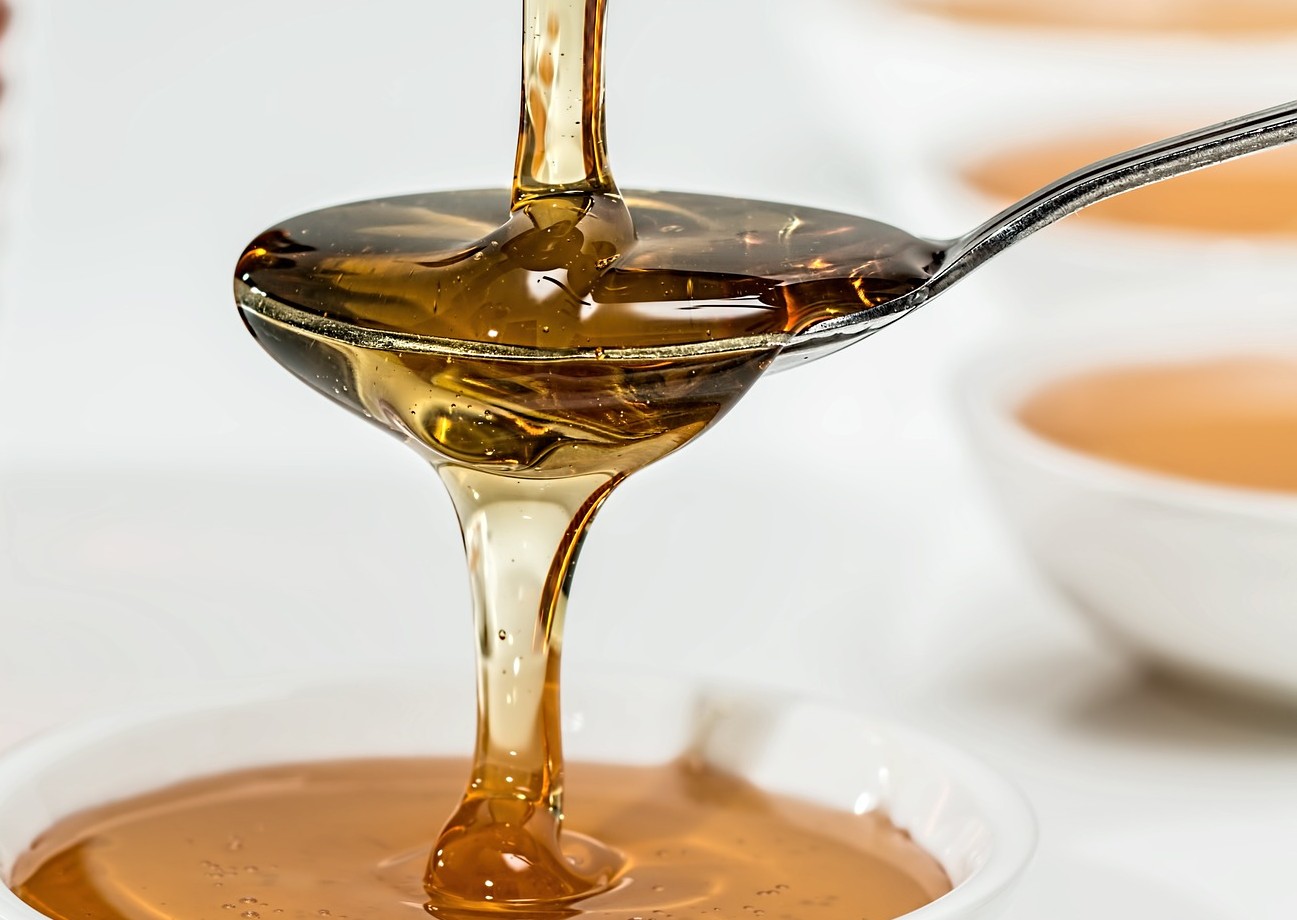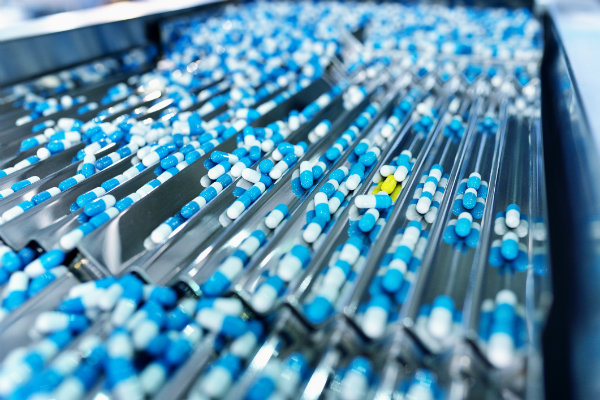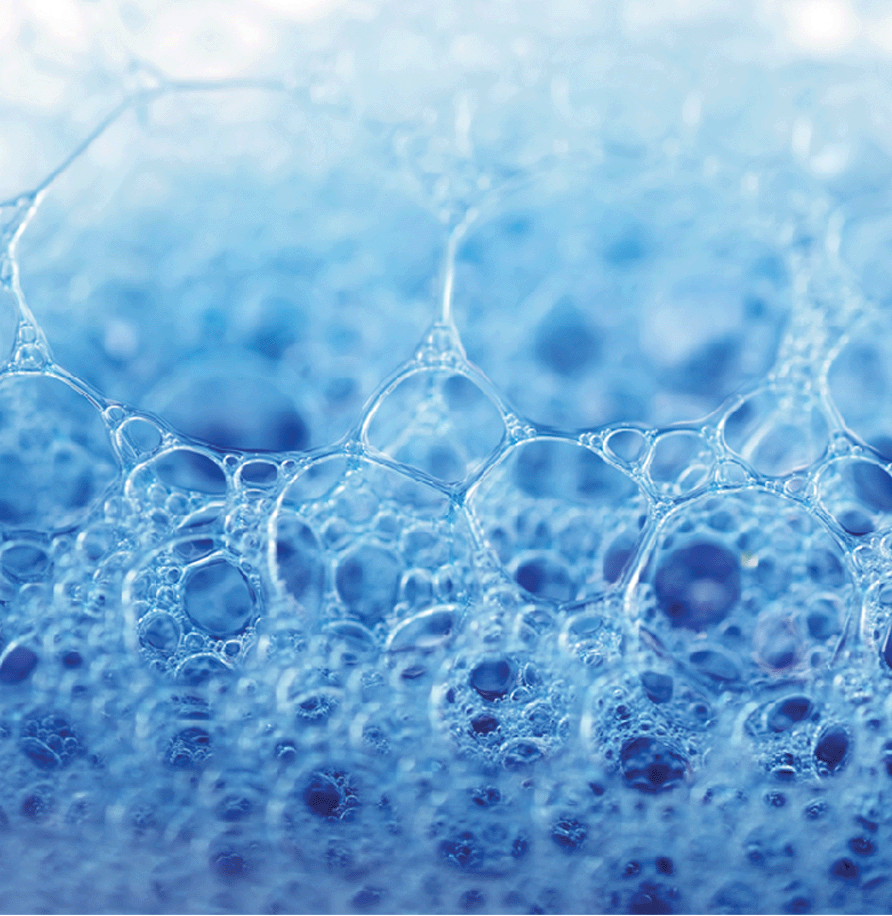Pharmaceutical Cleaning: Insoluble Enteric Tablet Coating
Q. Water insoluble tablet coatings used for solid dose enteric pharmaceutical tablets are very difficult to clean from coating equipment. It was hard to validate the equipment and prevent cross contamination.
A. The use of hot 140 deg F 2% Citranox for manual cleaning allowed succesfull removal of water insoluble salts used in these coatings. The references in the Pharmaceutical Cleaning Validation References PDF will help you with validation. And if you have a question for our experts about critical cleaning, please visit Ask Alconox.
Manual Cleaning A 100 Gallon Mixer
Q: We are looking for detergent and process recommendations for manual cleaning of a 100 gallon mixer. We make one product in the mixer which contains water, starch, acidic buffers, sucralose and preservative. Currently when cleaning, we boil for 1 hour at 90°C, then cool, drain and soak in cool water while using the mixing blades. Scrub brushes and a spray hosing follows that. The mixer is made from stainless steel.
Food Grade Cleaners: Removing Corn Syrup
We currently use Alconox detergent to clean our cold-form extruders. While it’s great for grease, it doesn’t seem to help cut the stickiness we see from cane molasses and corn syrup. Do you have a recommendation for another cleaning agent?
Clean in place (CIP) with Citrajet Detergent
Q. Our pharmaceutical company is transferring product manufacture to a different one our facilities. We used a CIP cleaning process with Citrajet and are going to have to perform validation and verification tests again. What information do we need for our testing? Chemical properties might be helpful as well as the science on how this chemical works. We would also need information on disposal and the requirements for allowing this to flow to normal process drains.
Ultrasonic with Low-Foam Detergent
Q. We are having foaming issues in ultrasonic cleaner. Basically, we are looking for a non-foaming version of the Liquinox cleaner we are currently using. Can you use a detergent that doesn’t foam in an ultrasonic bath? A. Depending on what the foaming issue is, you may be able to continue using Liquinox detergent. As a general statement….
